How to pick a PC case: Finding the perfect home for your motherboard
You decide how your computer looks
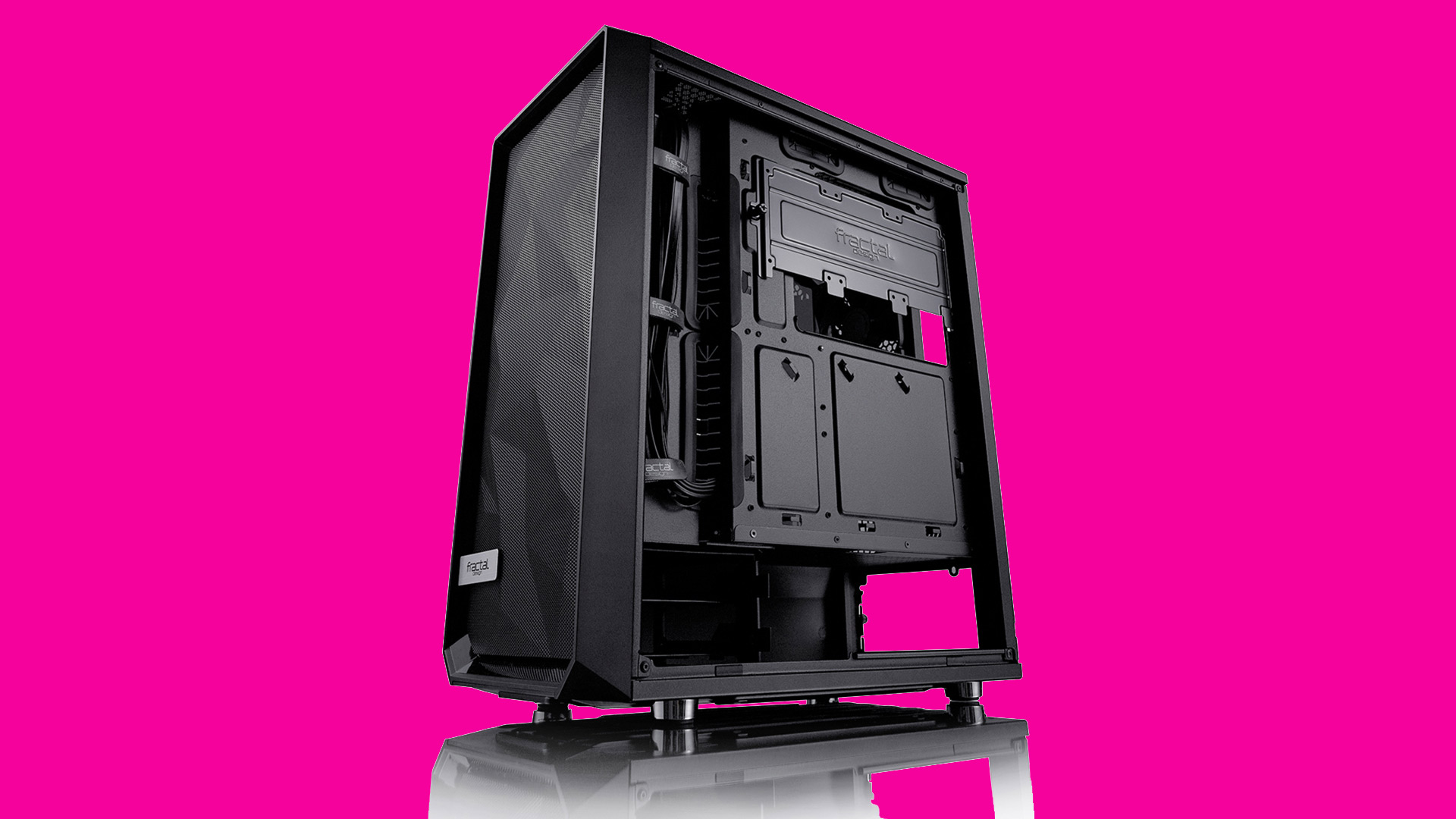
Picking out all the components for your dream computer is one type of fun, but picking out the best PC case for your needs is another type of fun. You get to choose how your rig will look, how it will fit in with the rest of your decor, and how easy it will be to use.
But, you can't choose just any case just because you like how it looks. There are some important considerations to take into account when choosing a PC case. Here's what you need to know when picking a PC case.
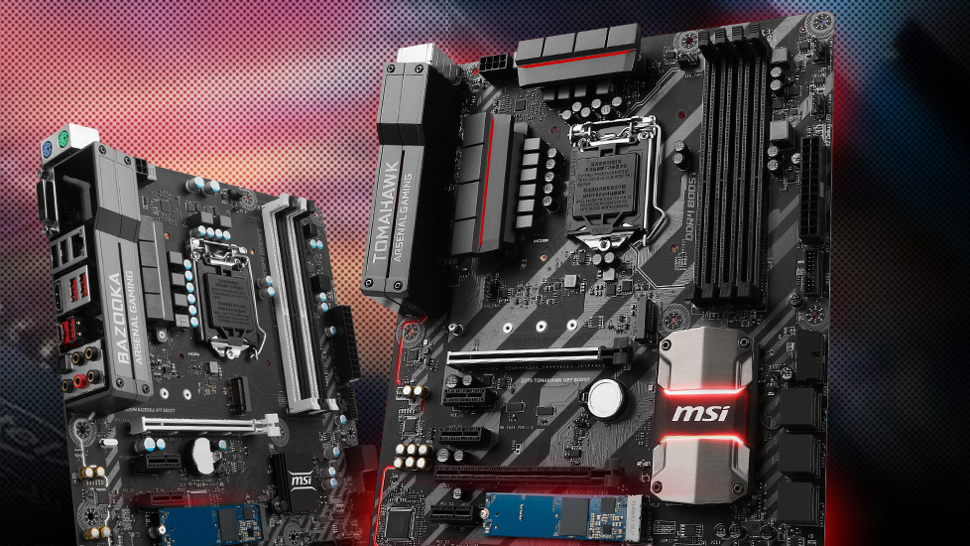
1. Consider your motherboard size
Your first and most important consideration is whether or not the computer you want to build will even fit inside the case you're getting. Generally, this process will be somewhat simple. That's because case manufacturers are targeting very specific, standardized motherboard sizes.
Computer cases will list what motherboard sizes will fit from E-ATX all the way down to Mini-ITX. In general, a case that supports a larger motherboard size will also fit a smaller motherboard, though you should double check if you don't see your motherboard size specifically listed in the case's specs. It's possible that the case will not have posts for you to screw your motherboard in if the chassis is specifically targeted toward larger motherboards.
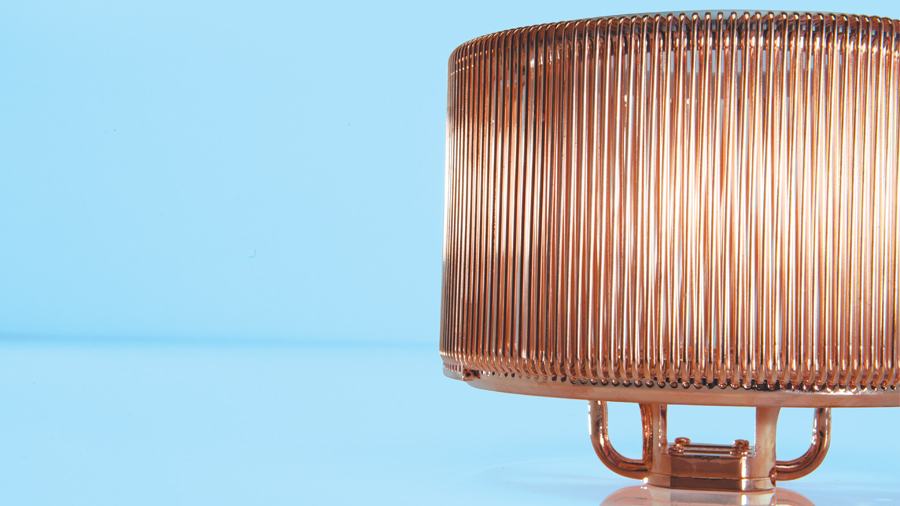
2. Make sure there's room for your CPU cooler
Some CPU coolers can stand up at a considerable height from the CPU itself. If you get a narrow case, there may not be enough room for your cooler. Fortunately, case manufacturers regularly list the CPU cooler clearance in their specs, so you'll be able to find this information easily. Similarly, CPU coolers will list their height so you can compare that spec with the one listed for the case.
If you're using a liquid cooler, you'll need to make sure the case has room for your reservoir and radiator.

3. Make sure there's space for your graphics card
Just like your CPU cooler, your graphics card is going to take up extra space, except it's going to take up space in even more directions. You'll need to confirm that your case has room for the length and height of your graphics card. You'll also need to confirm that the back of the case has enough expansions slots for your graphics card. Most popular graphics cards take up two slots.
Sign up for breaking news, reviews, opinion, top tech deals, and more.
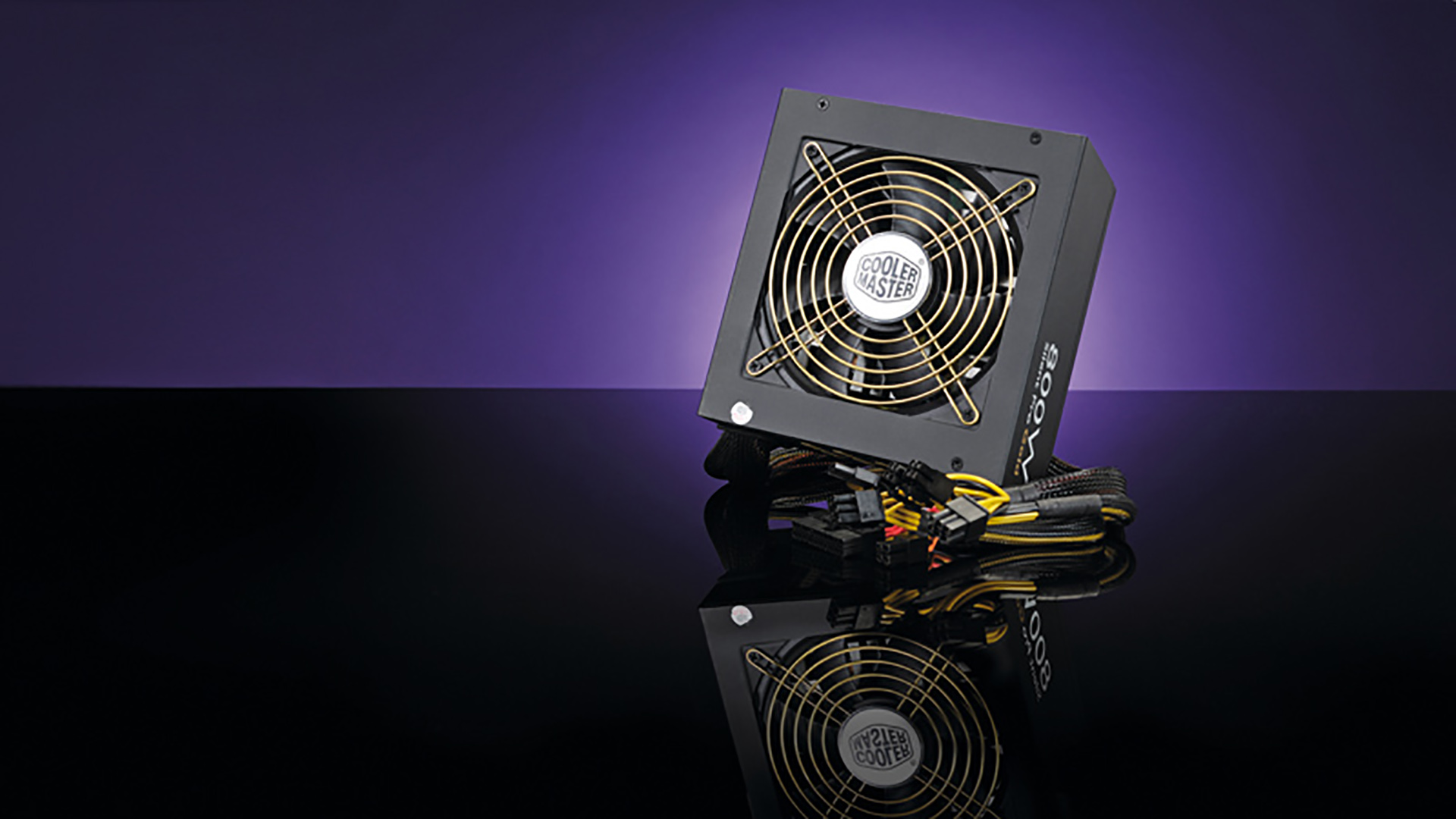
4. Confirm a proper fit for your power supply
Are you sensing a theme here? The PC case you pick has to fit all of your components, or you have to pick parts that will fit in the case. Either way, you need to confirm your PSU and case will work together. In this instance, you'll need to make sure not only that there's room for your power supply, but also that it will be able to mount in the correct orientation. Some cases support only power supplies at the bottom, while others may support PSUs that mount at the top of the case.
Your power supply needs to get proper airflow to work, so be sure the case you pick is fully compatible. Some cases will simplify this step for you by included a power supply, so you'll just need to make sure the PSU has the wattage and connectors you need for your computer.
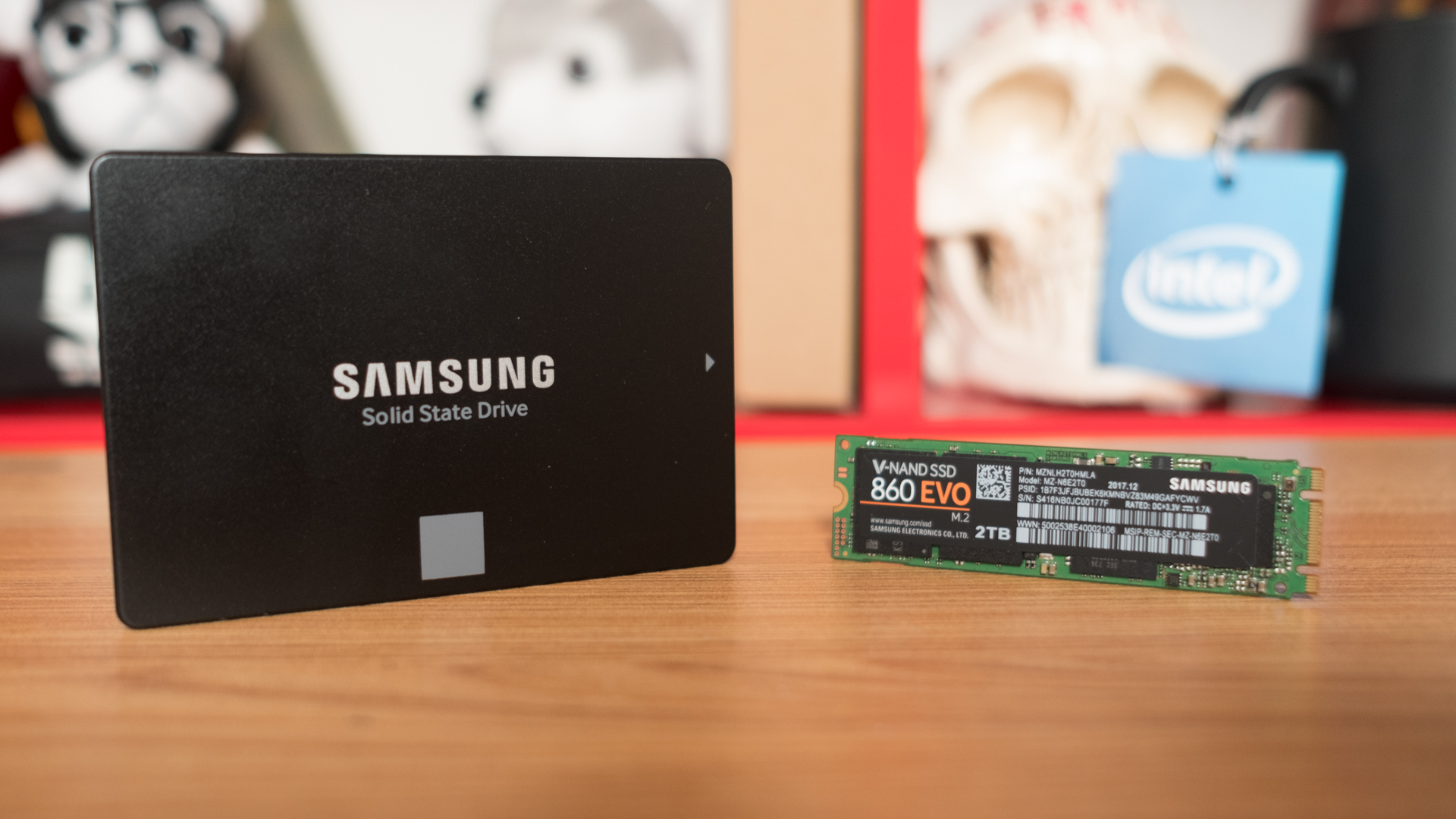
5. Consider the drives you want
If you want a computer with a CD/DVD Drive, a Ultra HD Blu-ray drive, six 3.5-inch hard drives, and four 2.5-inch SSDs, you're going to need a very different case from someone who wants to a computer with no optical drives and strictly PCIe NVMe SSDs. PC cases will list the number of drive bays they include, and whether any of those are the type of front-panel ports you'll need for optical drives. So decide what you want, or what you may want to add in the future, and choose a case that can fit the drive you want. (Note: Some cases may appear to have more drive bays than they actually have if they can pull double duty, such as 3.5-inch drive bays that can also hold 2.5-inch drives.)

6. Determine the front-panel I/O you want
Front-panel ports can make your life a lot better, giving you easier access to plug in peripherals or external storage. So, when you choose your case, you'll want to consider what kind of ports you want to have available at the front and how many. You'll also need to make sure your motherboard provides the connections needed to actually enable those ports. You won't be able to have four USB 3.2 ports at the front of your case if your motherboard only has headers for a pair of USB 2.0 ports.
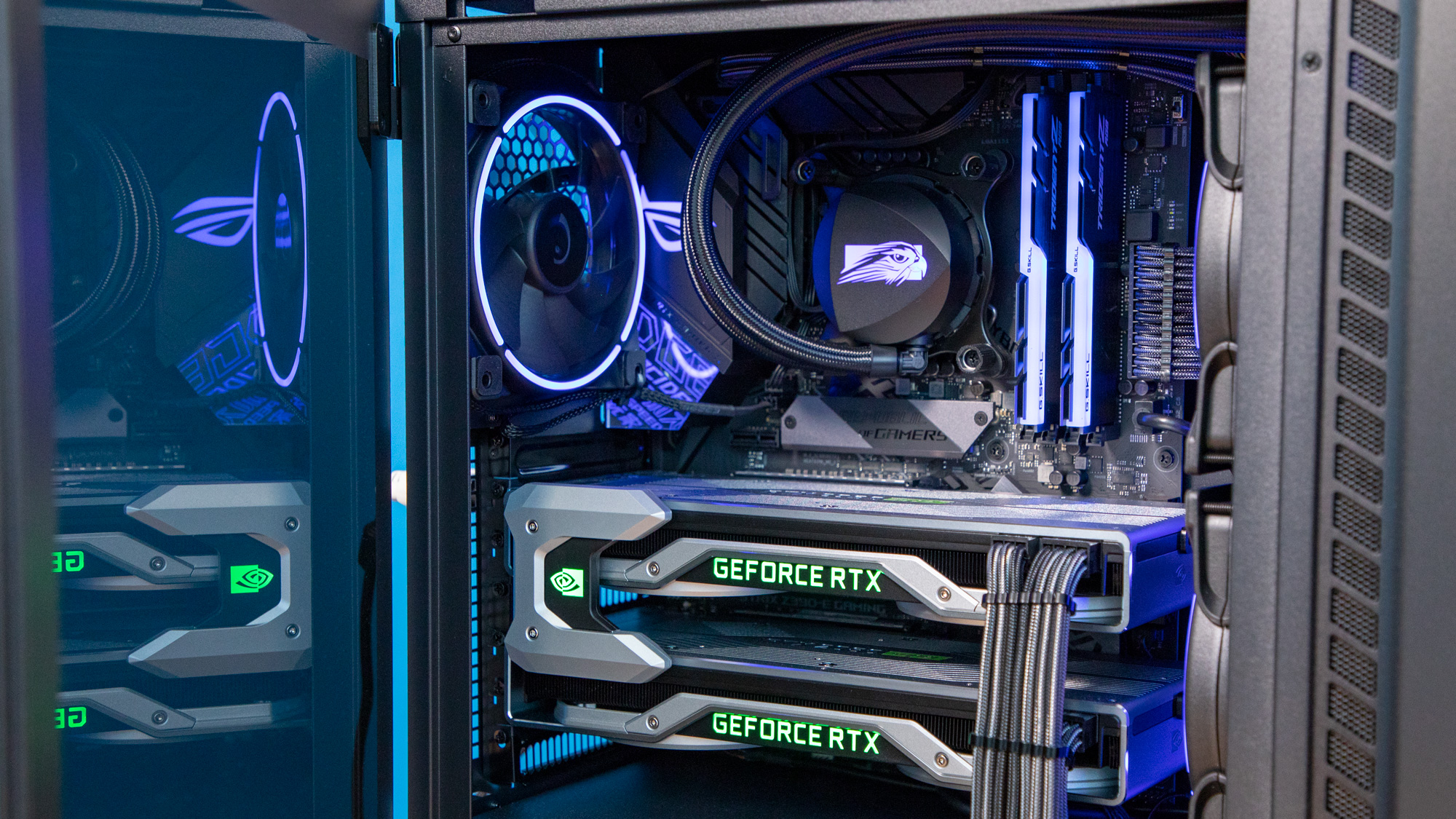
7. Think about fans
Your CPU and GPU have their own cooling, but the rest of your computer may need some cooling as well. That's where case fans come in. Many cases will come with some fans, though some won't. You'll want to decide how many fans you want, and what size fans, then check to see if the case will support them.
Another important consideration is air filtration. If you live in a dusty environment or have hairy pets, you'll likely want to find a case that has air filters. You can then put any intake fans where there are filters, and put exhaust fans where there aren't filters. A ton of dust and pet hair clogging up your computer is a great way to end up with an overheating, unreliable system.

Over the last several years, Mark has been tasked as a writer, an editor, and a manager, interacting with published content from all angles. He is intimately familiar with the editorial process from the inception of an article idea, through the iterative process, past publishing, and down the road into performance analysis.